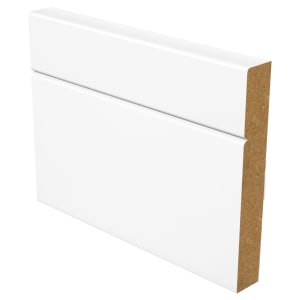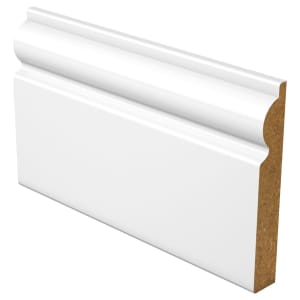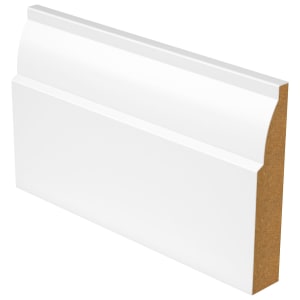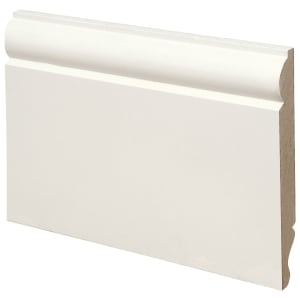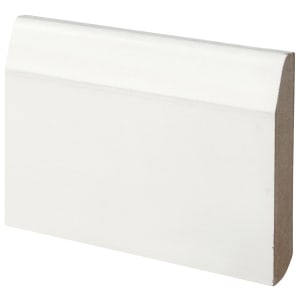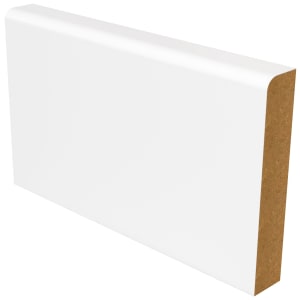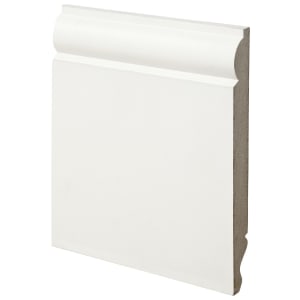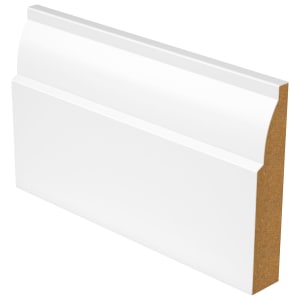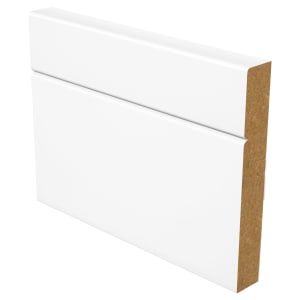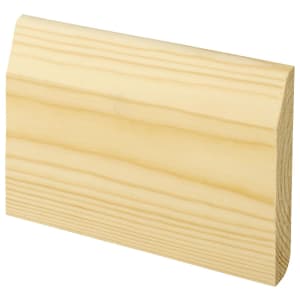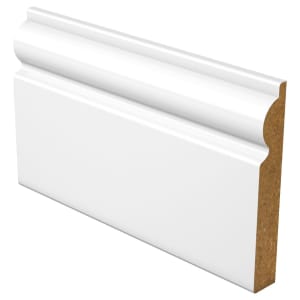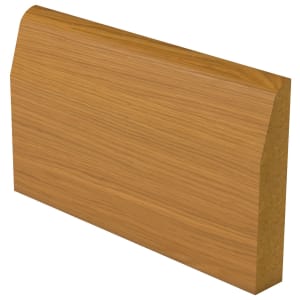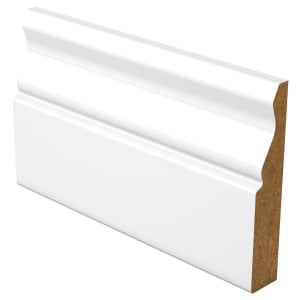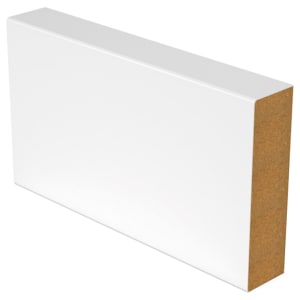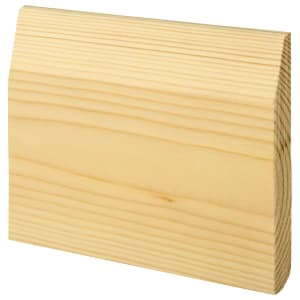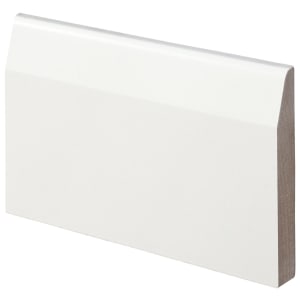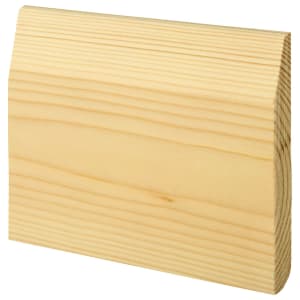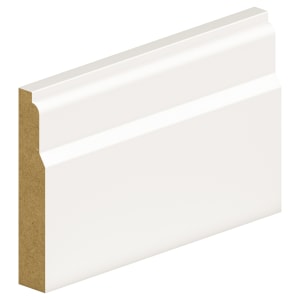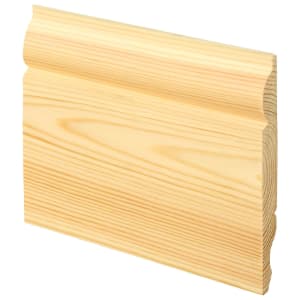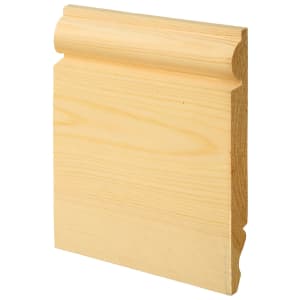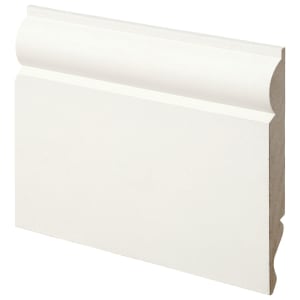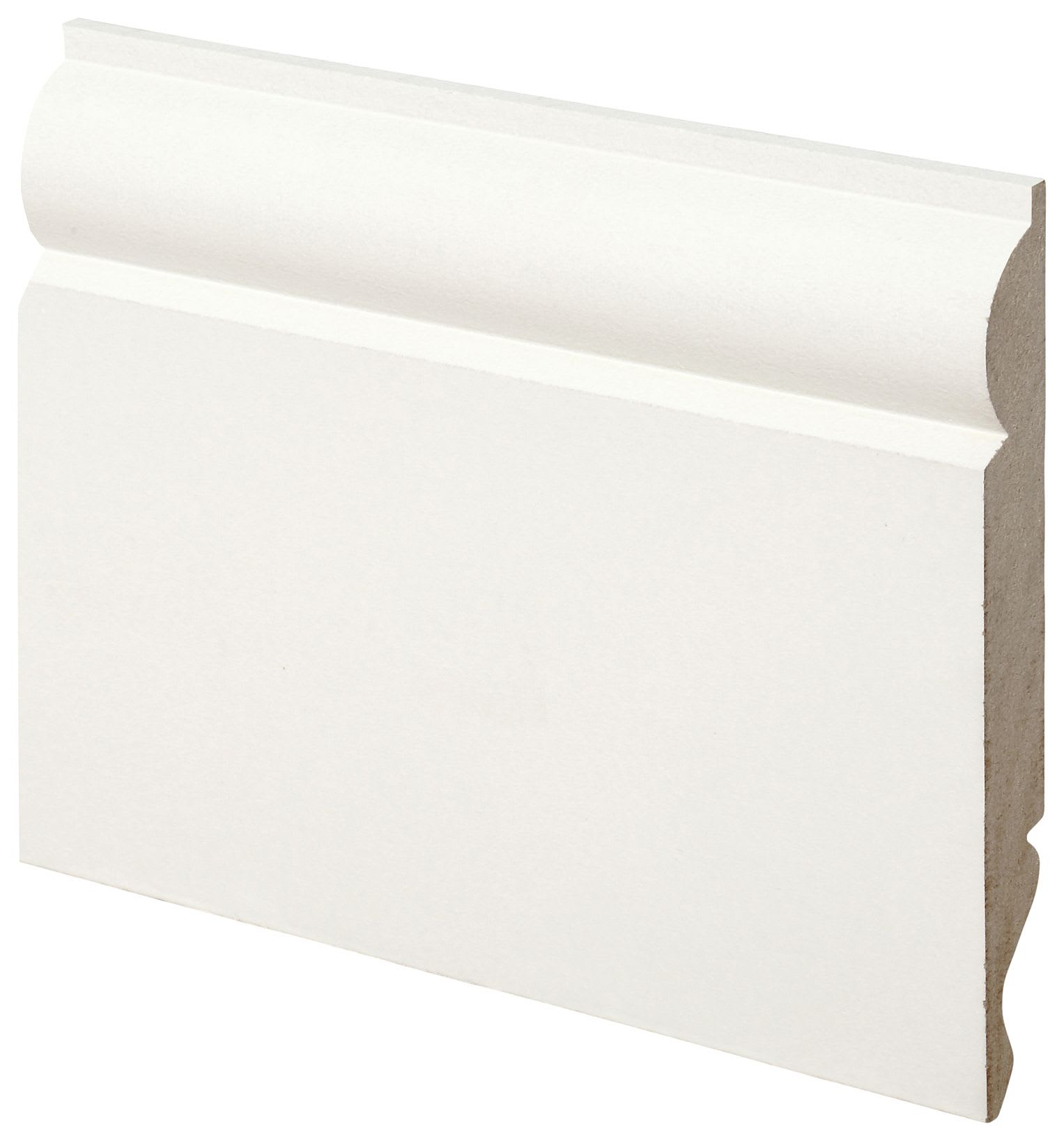Skirting Boards
Elevate your interior design with our premium skirting boards. Crafted for durability and style, we have a range of profiles and finishes to complement any decor; from modern square edges to v-grooves, we cover all grounds.
Frequently Asked Questions
From plain pine to pre-painted options, we offer an array of skirting boards that effortlessly complete a room. Whether you want wide oak skirting boards with traditional eye-catching patterns, or something a little more understated like our squared edge MDF deep skirting boards for a modern aesthetic, we have the solution for every style and budget.
Have a knack for DIY? Our easy-to-follow guide on how to fit skirting boards will ensure a smooth process from start to finish.
If you require additional resources, we have everything from grab adhesive to coping saws at Wickes.
FAQs:
How do you remove skirting boards?
When removing skirting boards, you’ll want to start by clearing the area and gathering the basic tools like a hammer, utility knife, handsaw and crowbar. Once ready, carefully cut through the grab adhesive, maintaining a steady pace using your utility knife. Next, gently pry it away from the wall using a crowbar; you can use a hammer to tap the bar lightly to create an opening if necessary. Continue working along the skirting board, loosening it gradually and removing any fasteners you find along the way.
How do you paint skirting boards?
To paint skirting boards, you will need to start by prepping the surface area. Make sure it’s clean and fill in any cracks or holes with filler, before sanding each board lightly, creating a smooth base for your painting. You’ll then need to apply a primer to improve paint adhesion prior to painting. Using a brush or roller is down to preference, but try to use thin, even coats throughout. Once all coats are dry, you can finish with a clear topcoat for added protection and wear-resistance.
How do I clean skirting boards?
Simply wipe down skirting surfaces using soap and water. If you have tough stains to tackle, try a weak mixture of vinegar and water. For glossy finishes, finish with a microfibre cloth for an extra sparkle.

